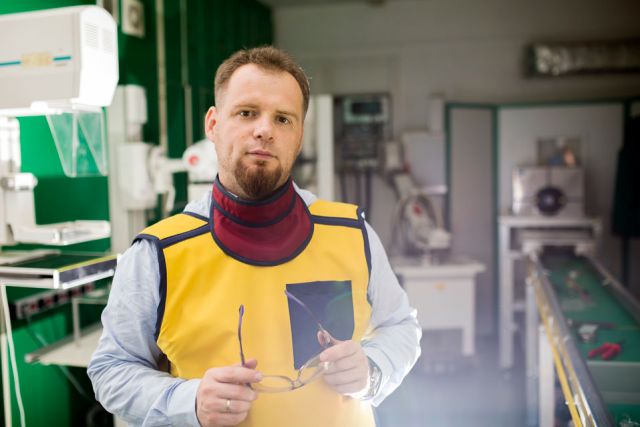On Monday, 17 December 2018, the grand opening of the new registered office of the National Science Centre was held in Kraków. The event was attended by Jarosław Gowin, Deputy Prime Minister and Minister of Science and Higher Education. Furthermore, the Deputy Prime Minister handed over nominations to the newly appointed NCN Council Members.
After eight years of renting offices, the National Science Centre acquired its own property. The grants administration centre and place of Expert Team meetings is now located at ul. Twardowskiego 16 in Krakow. The final sale agreement pursuant to which the building was purchased from Moonoffice was entered into on 22 June 2018. The National Science Centre moved its registered office to the new building on 1 December 2018.
“The fact that the National Science Centre has been located in Krakow is a great opportunity for the city, which is why I always wanted the institution guided by the world highest standards to have its own permanent registered office and to have it in a building at the highest international standard” said Vice Prime Minister Gowin at the opening ceremony.
At present, the National Science Centre employs over 170 people. The calls for proposals are conducted almost all year round, which is why most of the office space at the NCN is constantly used by the Expert Teams for their meetings, during which funding decisions are taken following multi-stage evaluation procedures. Additionally, more and more calls are announced, during which interviews are held with the applicants as part of the evaluation procedure. Those activities require a large number of conference rooms. The new building meets all those needs.
“We have rented an office space of approx. 3,500 sqm so far. The extra space will be used for additional conference rooms and new purposes, e.g. a canteen. Furthermore, we are expecting employment at the NCN to increase over the next few years due to the ever-increasing grant-in-aid and number of proposals submitted to the NCN” says prof. Zbigniew Błocki, NCN Director.
The purchase of a new building for the NCN’s registered office has solved the problem pending since the date of the decision to establish the National Science Centre and locate it in Krakow. In 2010, the authorities of the City of Kraków proposed to locate the National Science Centre in the buildings at Mały Rynek. However, they turned out not to meet the requirements of the institution that was being created. Since then, a number of locations has been discussed upon but none was chosen for many different reasons. It took a year to purchase the new building. It is a modern office building that has been recently delivered for use, has a usable space of 5,300 sqm and has been built in accordance with the LEED certification awarded by the U.S. Green Building Council.
“This purchase would not be possible without the support of the Ministry of Science and Higher Education and Deputy Prime Minister Gowin in particular, who managed to secure funds for the transaction in the 2018 state budget” says prof. Błocki.
Along with the grand opening, the new Council Members received nominations for the 2018-2020 term of office. The former Council Members, who looked after the highest level of the NCN’s activity during their term of office, were released from their duties. The Minister of Science and Higher Education appointed twelve outstanding Polish scientists in their place. They will be responsible for, inter alia, determining the priority areas of basic research, specifying the terms of the calls announced by the NCN, announcing the calls for doctoral scholarship and post-doctoral fellowships and selecting members of the Expert Teams to evaluate proposals submitted with the NCN.




